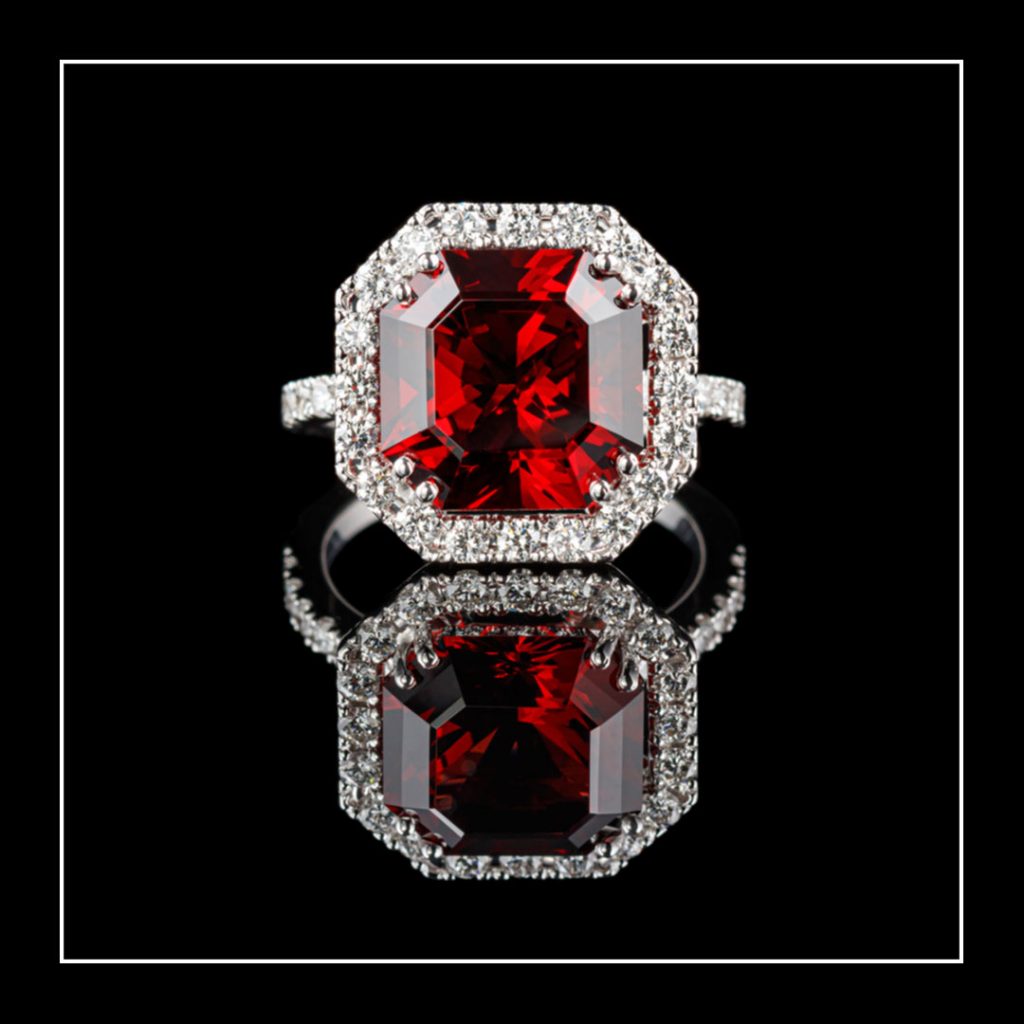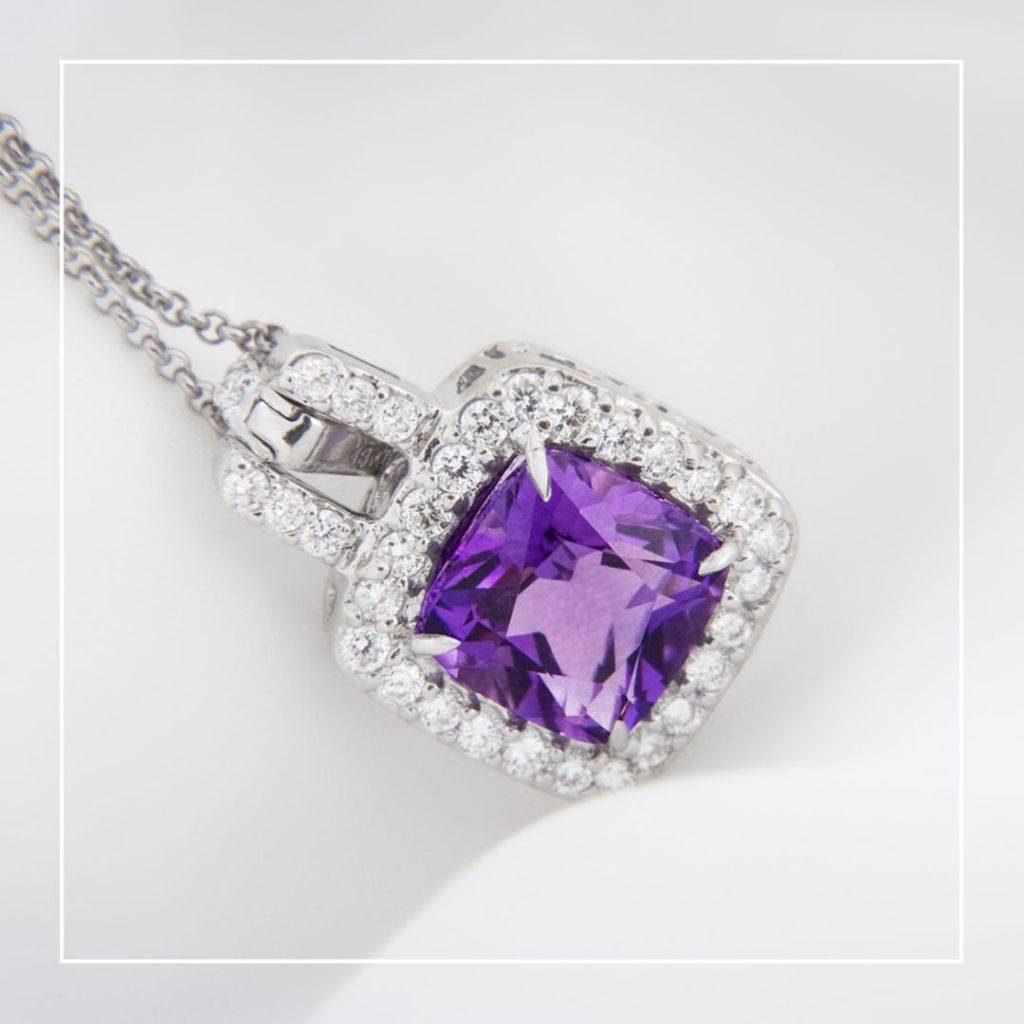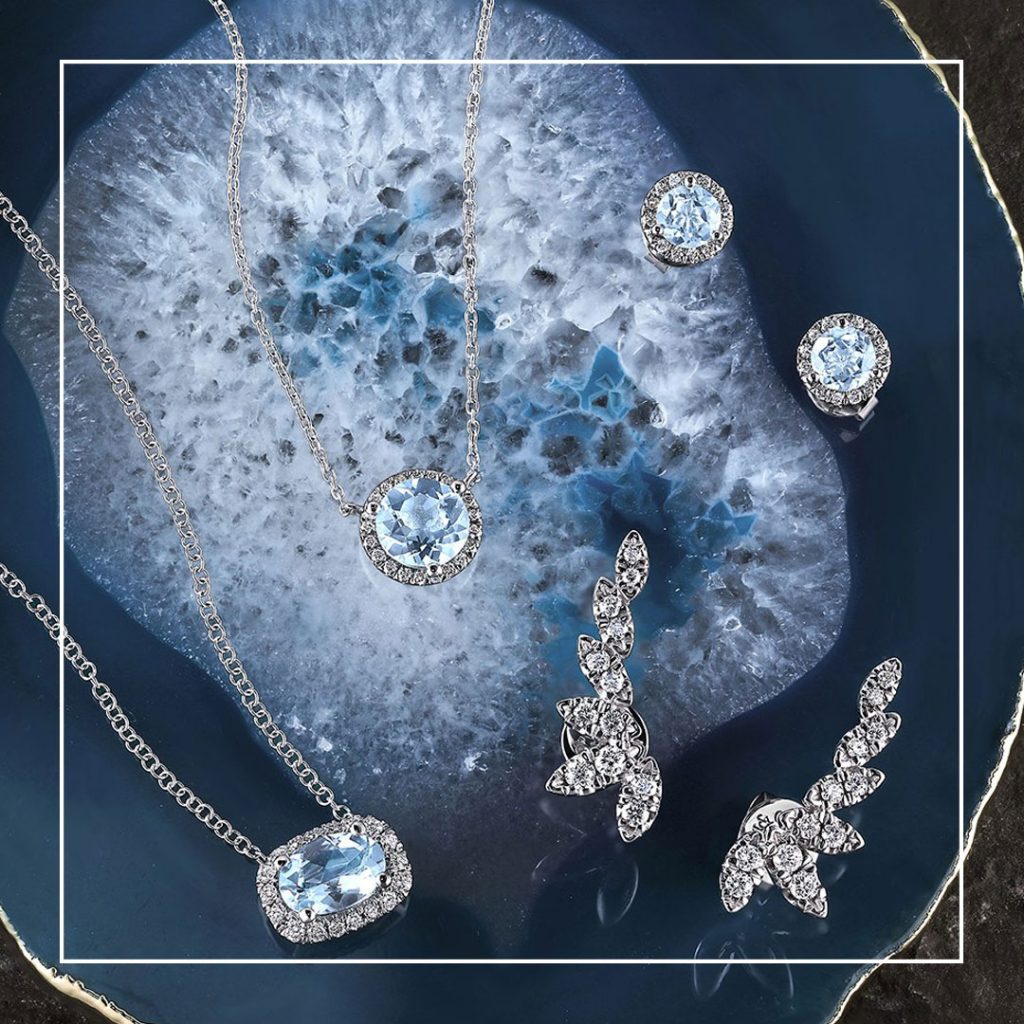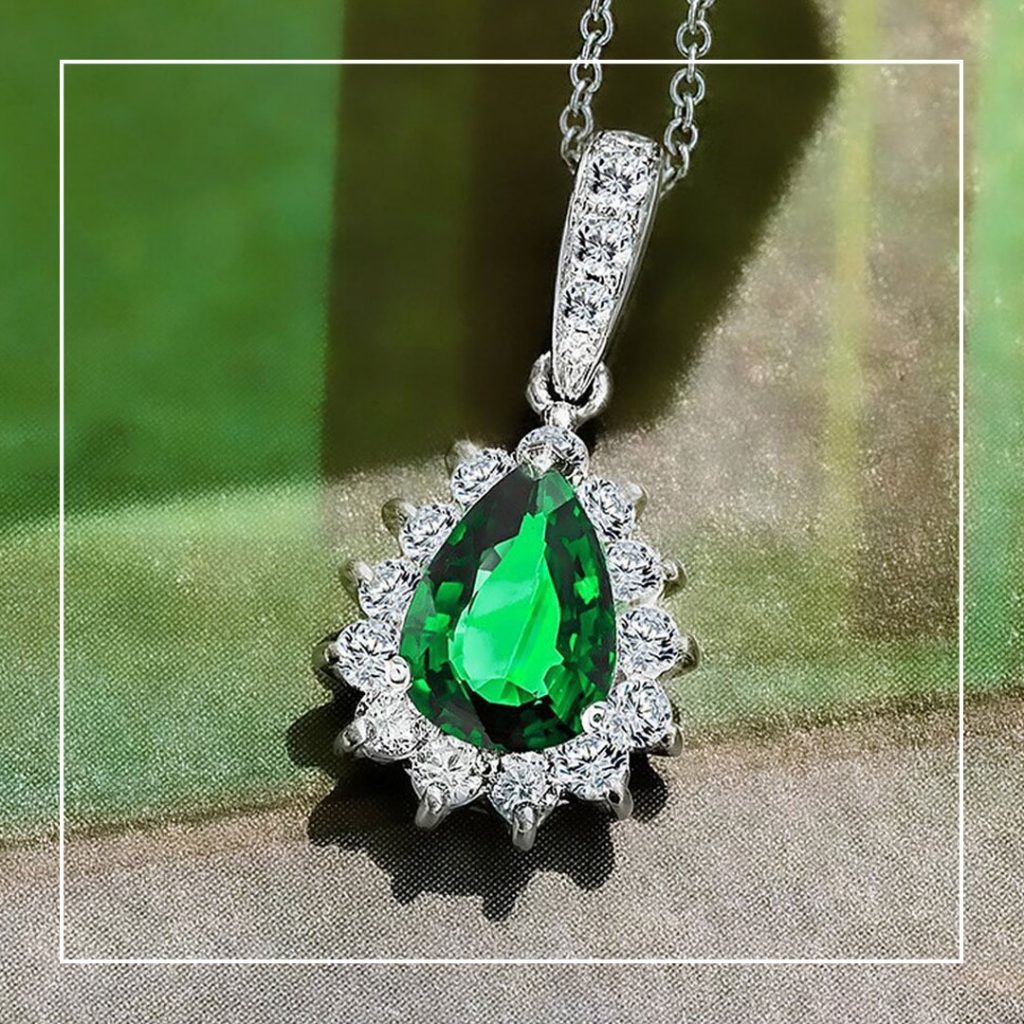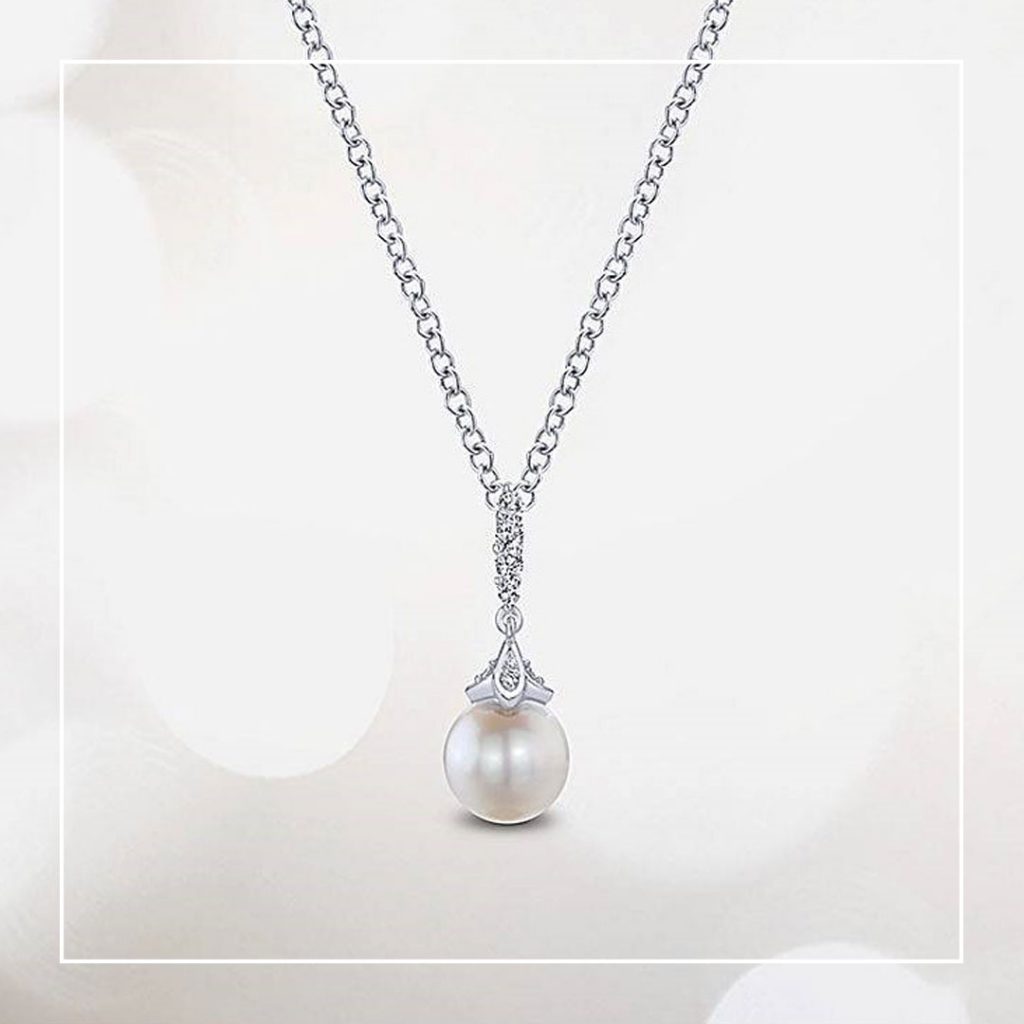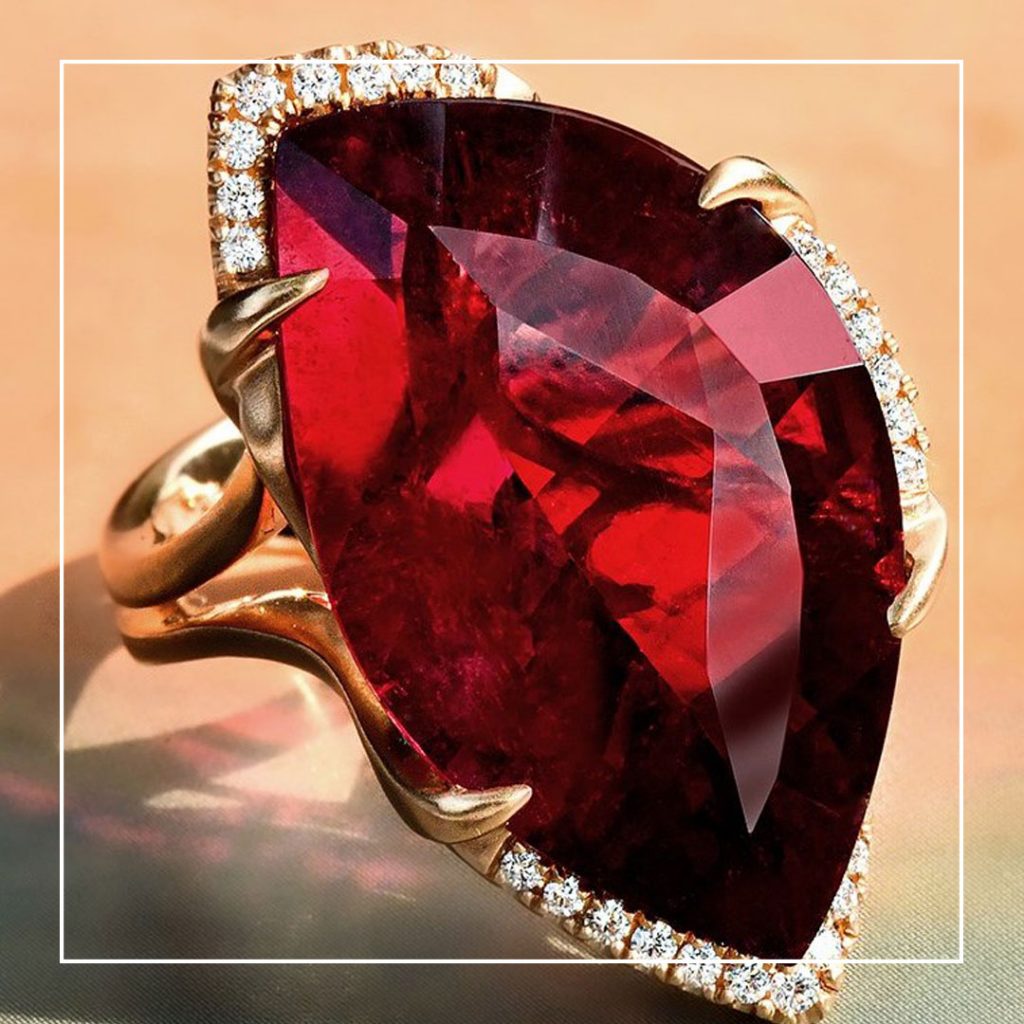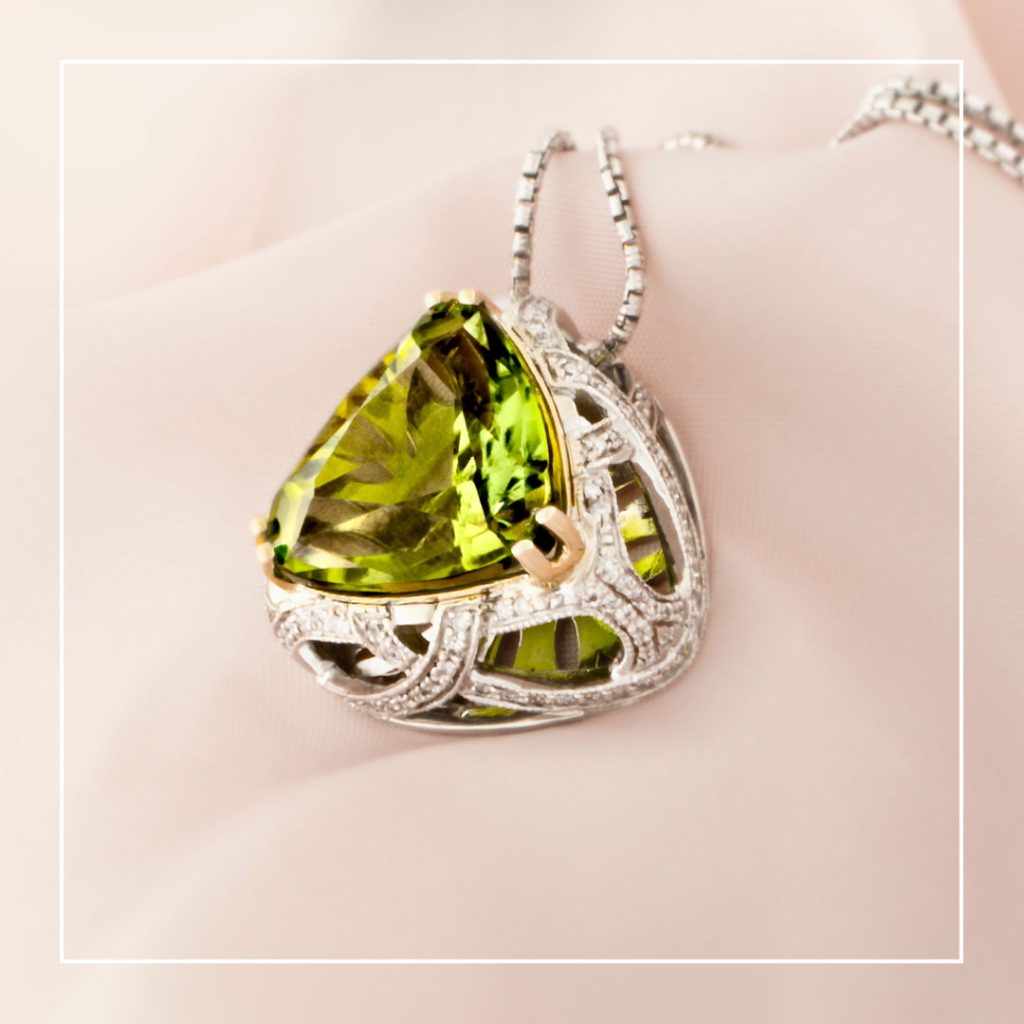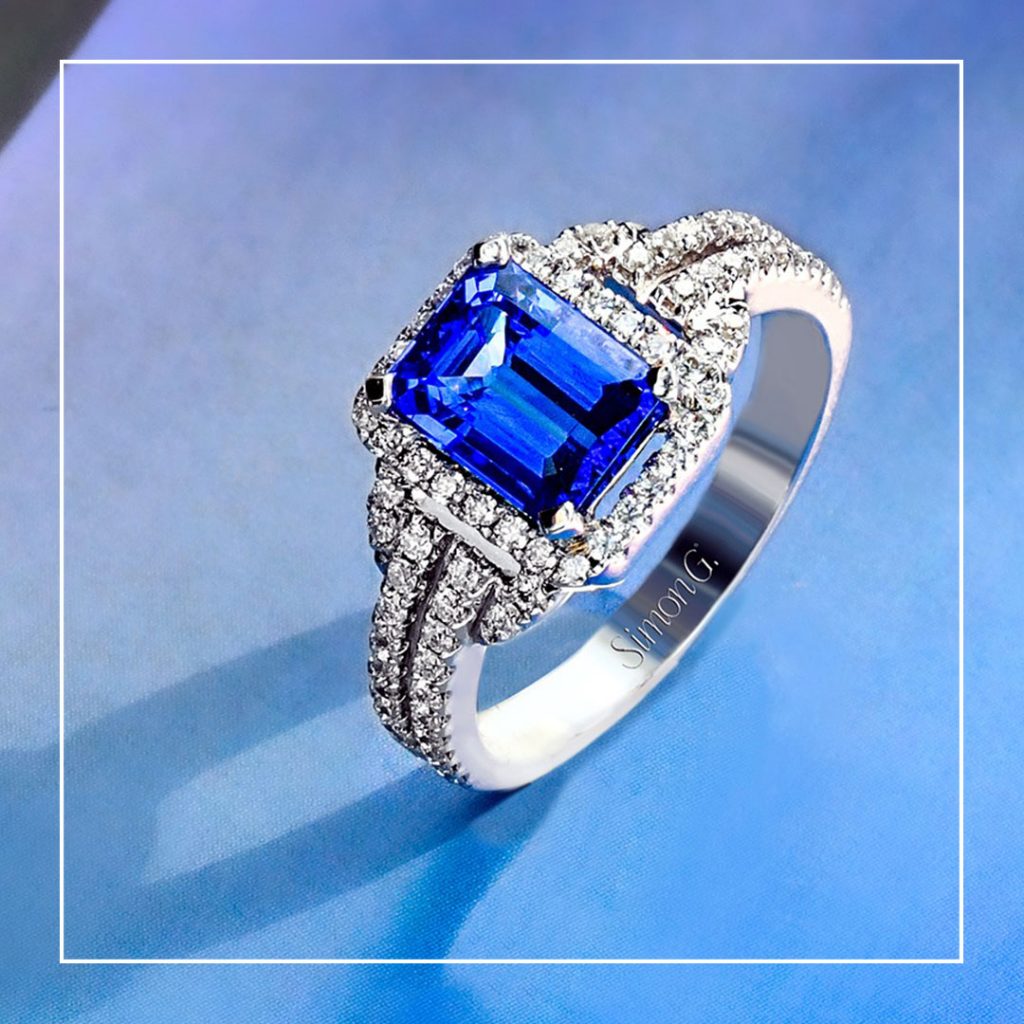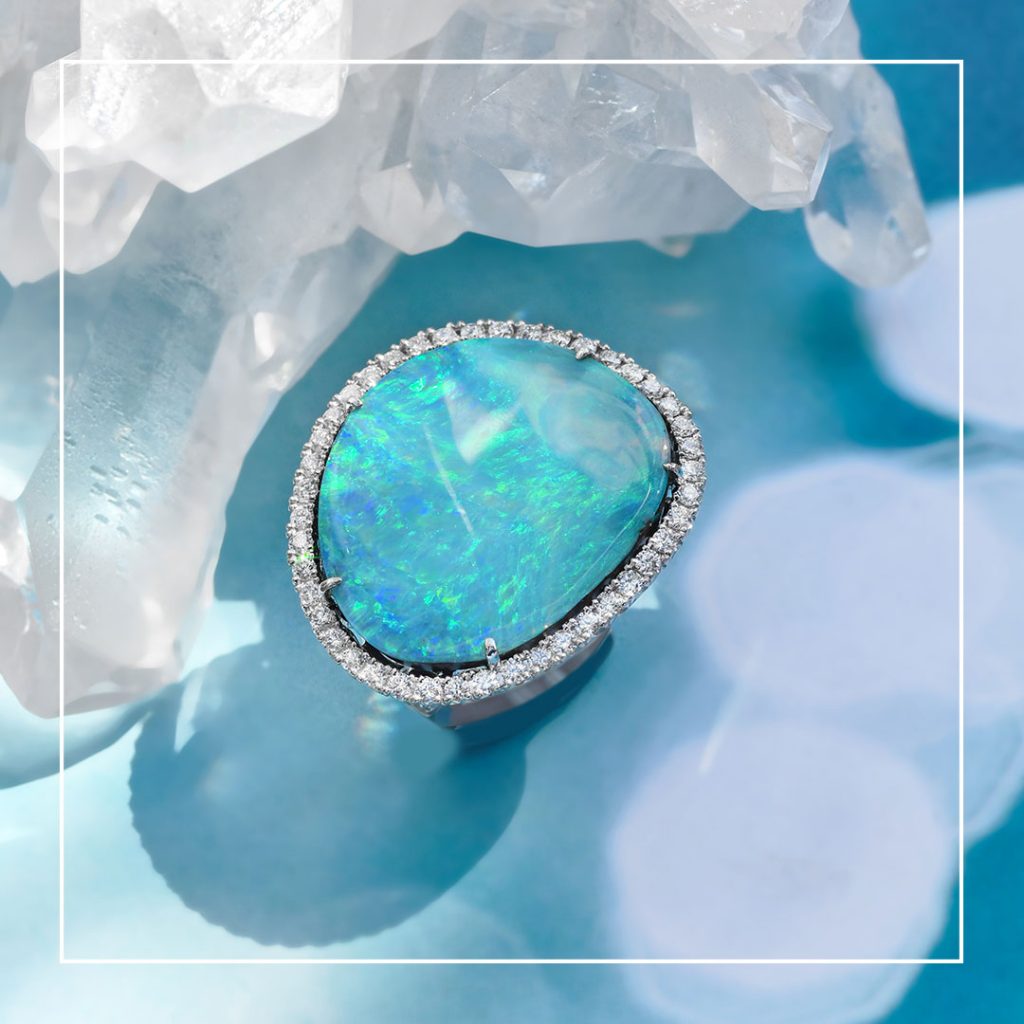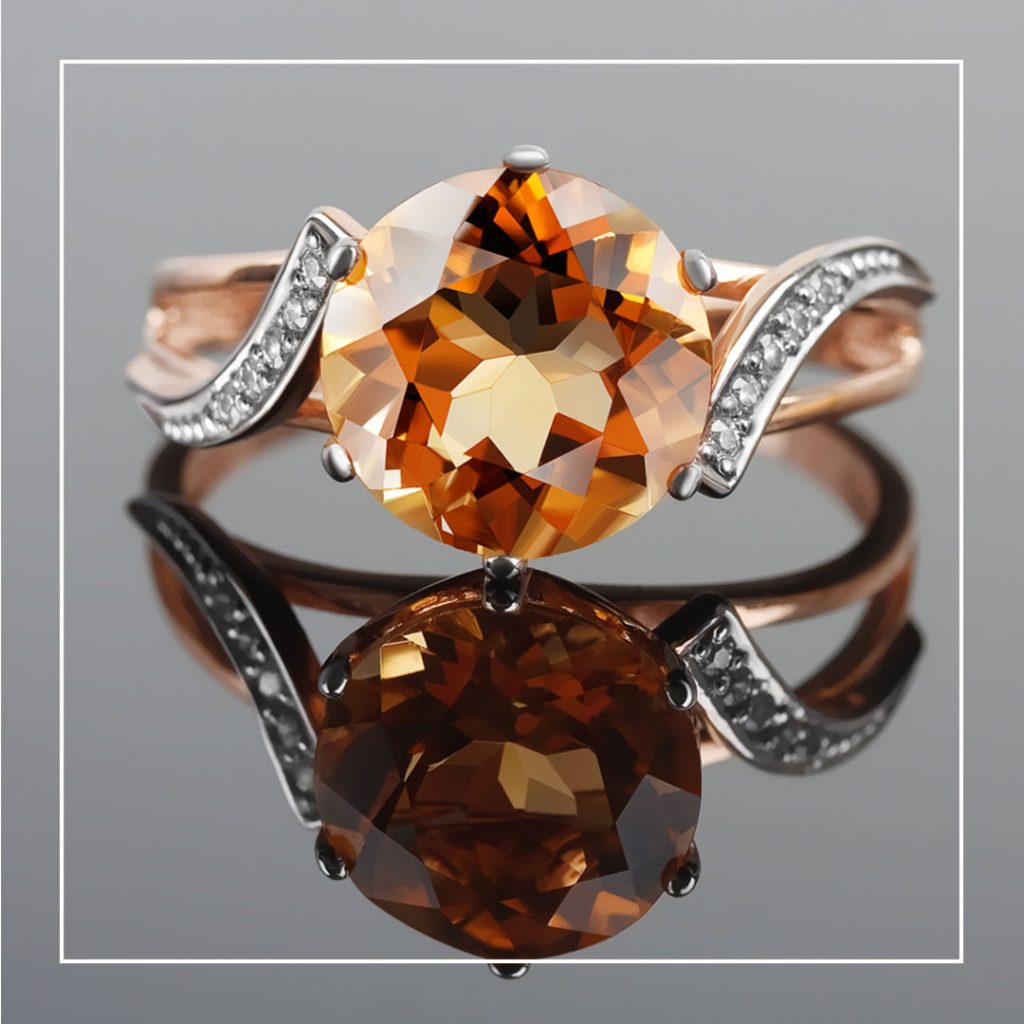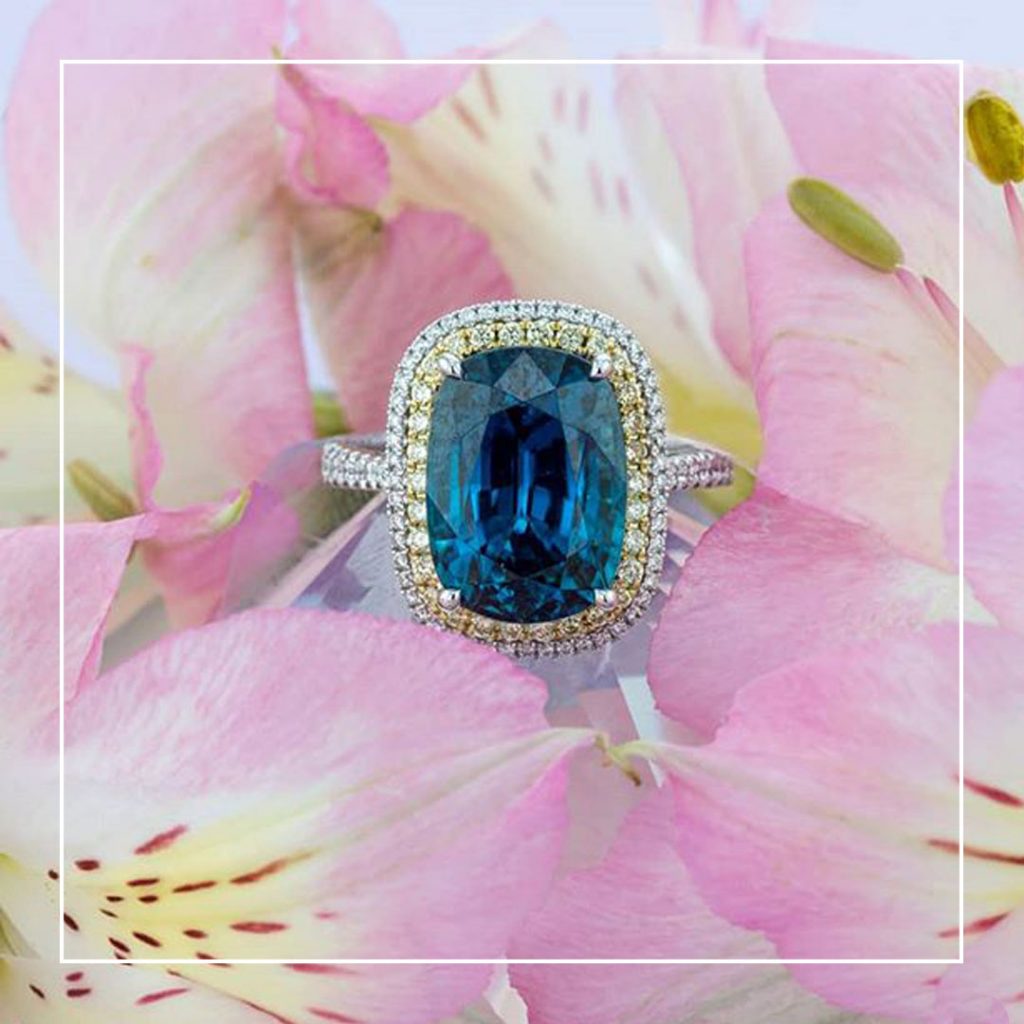Birthstones are gemstones that accompany a birth month, each having a unique meaning and historical significance.
The popularity of birthstones dates back to ancient times when civilizations believed that gemstones had incredible powers such as luck, health and prosperity. Traditionally, each month is associated with a single gemstone, but as you’ll find below there are a few months with multiple birthstones. The birthstones associated with birth months today are not necessarily the same ones that were used in ancient times.
You don’t need to become a gemstone or birthstone expert to find the perfect gift. Whether you’re looking for a gemstone ring adorned with the birthstone of a child, or a beautiful set of birthstone earrings, we’re here to help!
Click each month’s photo below to discover the Birthstone:
The Mohs Scale: Why Durability is Important.
When shopping for fine jewelry, especially engagement rings, it is important to keep in mind the durability of the gemstones you are considering. Durability will not only impact the stone type you choose, but also how you wear your jewellery when you wear it, and how you care for it.
What exactly is Gemstone Durability?
Durability is a combination of three factors – hardness, toughness, and stability. These factors take into account how well a gemstone can handle wear, heat, light, chemicals, and variations in humidity. Hardness is the factor referred to most often in a jewelry store setting, as it is an indicator of how well a stone will resist scratches and abrasions.
What is the Mohs Hardness Scale?
Gemstone hardness is measured on the Mohs scale, which rates the scratch resistance of various minerals. The minerals are assigned a value between 1 to 10, with 1 being the softest and 10 being the hardest. These values are determined by finding the hardest mineral that a given mineral can scratch. For example, a sapphire (rated as 9) can scratch all minerals rated from 1 through 8, but it cannot scratch a diamond (rated as 10).
It is important to keep in mind that the Mohs scale is not linear – meaning there are varying levels of hardness between the assigned values. For example, a diamond is actually about four times harder than a sapphire, but sapphire is only twice as hard as topaz.
What stones are best for engagement rings?
The divide between hard and soft stones typically lies around a Mohs rating of 7. Gemstones rated as 7 or higher are considered most suitable for rings, with a rating of 8 or higher being ideal for an engagement ring. These include gemstones like diamond, moissanite, and sapphire.
That said, stones that are rated closer to a 7 like morganite, tourmaline, aquamarine, and garnet are still a possibility with some extra care. There also are exceptions. Emerald, for example, is a Mohs 8 but is prone to breaking and chipping, as it is typically heavily included with internal fractures.
Out of all the gemstones, diamonds will always be the top choice for engagement rings by jewelers. Diamonds are the hardest known material on earth making them much more durable than any other gemstone. Despite its extreme hardness, one should keep in mind that it is still possible to chip or break a diamond.
Moissanite and sapphire are also highly recommended. A moissanite (Mohs 9.25) and a sapphire (Mohs 9) are both durable stones that are suitable for long term everyday wear. They are great options for those looking for a non-diamond alternative or a more cost-efficient gemstone.
How do I maintain my Gemstones and Jewellery?
As mentioned above, even a diamond can be broken, chipped, or scratched. Platinum and gold settings can also be damaged if not cared for properly. Think of your jewelry as any other expensive accessory, suit, or dress. You wouldn’t wear a silk dress to the gym, to clean the house, to sleep, or even to shower. Essentially, any activity that may result in excessive pressure, impact, or contact with household chemicals should be avoided. Simply wear your jewelry consciously and cautiously, and be aware of how it comes into contact with surfaces around you.
Another important step in preventative maintenance is to make sure your rings fit perfectly. If a ring is not tight enough it can move more easily, which can lead to unintentional impact, snagging, and bending. This can not only cause scratches and chips, but also loose or lost stones.
One should also be aware of how jewelry is worn and stored together. As you’ve learned from the Mohs hardness scale, gemstones can scratch or be scratched by other minerals. Diamond is the only exception, as it can only be scratched by another diamond. This should be kept in mind when stacking wedding bands and engagement rings. Any friction between exposed gemstones and metal can lead to scratches, damage, or broken prongs. Diamond on diamond contact should also be avoided for similar reasons. These same precautions should be taken when storing jewelry as well. Each piece should be separated to avoid friction.
WE’RE JUST A CALL OR CLICK AWAY AND ARE LOOKING FORWARD TO SERVING YOU.


